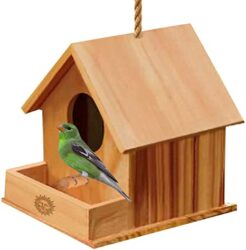Why Do Trees Break in Half: A Comprehensive Guide. Trees break in half all over the world. Most of them split during a storm. It was a puzzle for the scientists as they did not know why do trees break in half.
Many factors can influence. Why do trees break in half?
It is impossible to recreate the tree-breaking circumstances in the lab. We have compiled a list of factors that influence three breaking in half.

FROST CRACK
Sudden weather change is responsible for the frost cracks. When you heat something, it expands. This expansion is small in the wood. If you keep changing the wood temperature suddenly, it can produce small cracks in the wood.
Places with sudden weather changes have more tree-breaking incidents. The weather can get cold at night and the sun increases heat in the noon. When there is continuous temperature change, these small cracks can grow.
Water can also enter the cracks and expand when the temperature reaches zero. If you repeat the process for many days, it will allow the small cracks to become big enough to crack the tree.
WIND
It is the most crucial factor in tree-breaking. Most trees break in half during the storms. Scientists collected data on the relation between wind and tree breaking. They found that wind above 94 miles per hour can break the trees.
All the tree species had similar results due to the wind. When the wind speed gets higher than 94 miles per hour, trees of all species break. Trees only break during storms when airspeed is above the limit.
When the wind speed was below the limit, all species remained unaffected.
WOOD STRUCTURE DAMAGE
Pathogens can weaken the wood internally. As the trees get older, most of the tree consists of deadwood. Only a small part of the trees remain alive. As most of the wood is dead, pathogens can act on it to produce small cracks.
If you apply a small force to these trees, they will break in half. This force can come in the form of wind and sudden weather changes.
TREE AGE
Younger trees do not break in half most of the time. This phenomenon is common in older trees. The presence of more deadwood is the cause. The younger trees have less deadwood. It enhances their flexibility. Younger trees only break in the high winds as pathogens and frost cracks do not affect them as they affect older trees.
HUMAN INTERVENTIONS
Humans can do many things to promote or prevent tree-breaking. One of the effective ways to help the trees is by stopping climate change. Climate change is responsible for sudden weather change. Trees of an area have equipped themselves with the tools to fight the weather effects. When the weather changes suddenly, these trees cannot handle it.
A lightning strike can also break the trees in half. If there are no trees around, there is no resistance to the temperature change. Sudden temperature change in this condition can lead to frost cracking.
Humans can also give more care to the trees by planting many trees nearby to combat the sudden temperature change.


